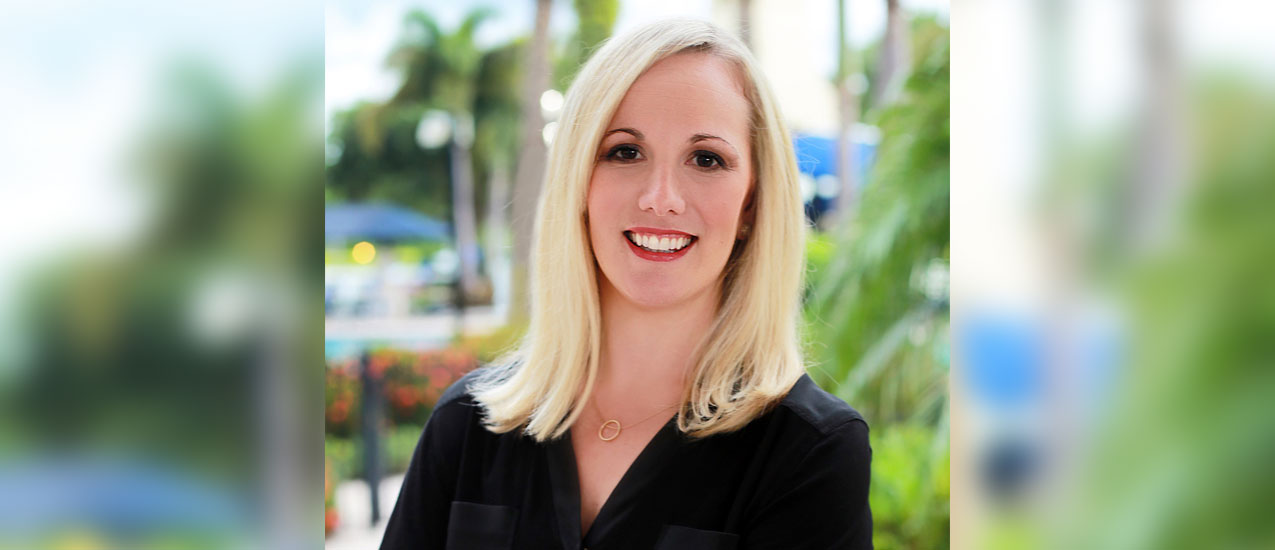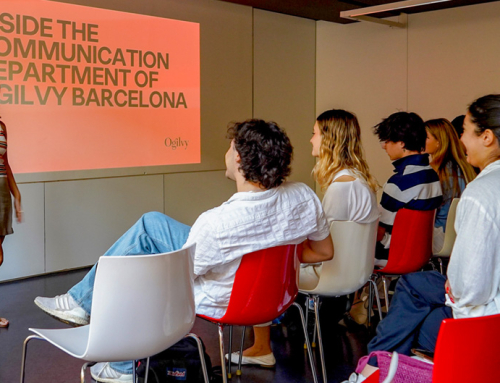By Ally Polner
Intellectual property (IP) lawyer, Allison Lovelady, shared many insights with aspiring media professionals at the virtual Feb. 2022 meeting of the Media Management Association. As a partner at Shullman Fugate PLLC, Lovelady primarily litigates and counsels clients on copyright, trademark, defamation, and related privacy disputes. She graduated from the University of Florida with a bachelor’s degree in Public Relations and Business Administration and earned her JD from Nova Southeastern University where she was an editor for the Journal of International and Comparative Law.
Lovelady started off her presentation by distinguishing three types of IP protection: copyright, which protects “original works of authorship,” such as images and sounds; trademark, which protects words and slogans that are related to goods and services; and patent, which protects inventions. She pointed out that personal names may not be trademarked. Next, Lovelady covered five IP trends: social media, trolls, NFT (non-fungible token), trademark, and brand trends.
She discussed why the use of memes on social media presents a complex IP protection challenge: who owns them? First, one must remember that a meme consists of a photo that is copyrighted by someone (i.e., a photographer or a company that hired a photographer for the work). Second, this picture often becomes a transformative work, which can be equally copyrightable, when someone adds text to the picture to create a meme. Then, another person may post it on a social media platform like Instagram. This action would raise the question whether Instagram is involved in the ownership of the work when the user posting the meme agrees to the company’s broad terms of use. Rarely do copyholders complain about the posting of a meme on a social media platform without permission, but Lovelady clearly demonstrated the possible existence of many ownership layers involved in IP protection on social media.
In sum, there are lots of considerations that a court will think about when dealing with a copyright lawsuit related to a social media matter. These considerations include: what are the terms of service, whether the profile is public or private, whether the medium is fixed (i.e., stories), who owns the work, and whether the case draws fair use implications (e.g., business versus commercial purposes). It is also important for the court to note the three-year statute of limitations.
Lovelady also described the newest, though confusing, trend on the internet: non-fungible tokens (NFTs), which are best described as digital assets or receipts of actual works. Thus, the owner of an NFT owns a digital version of the work (e.g., a screenshot of the design of a Nike shoe), but not the actual work (e.g., the design of a Nike shoe). She noted that even though this area of IP law is being talked about among lawyers, few lawsuits have been filed so far.







